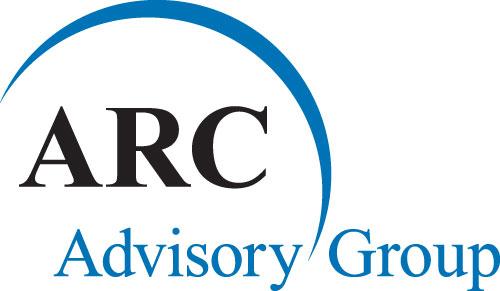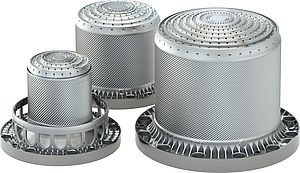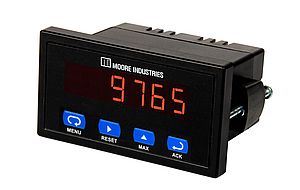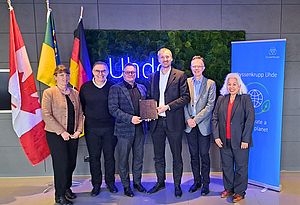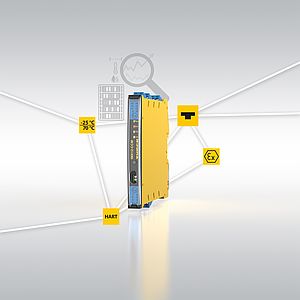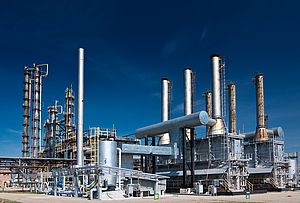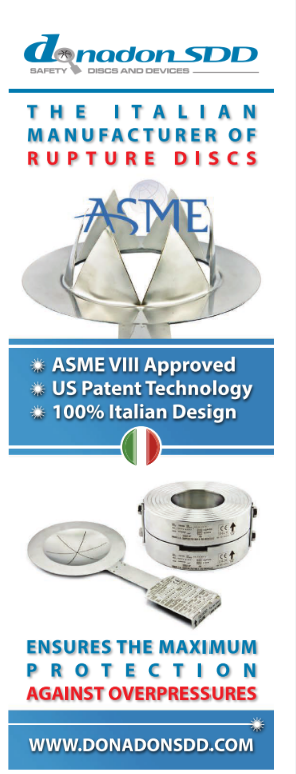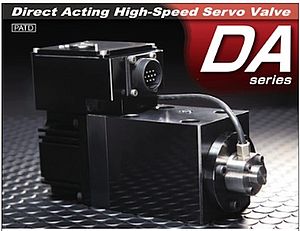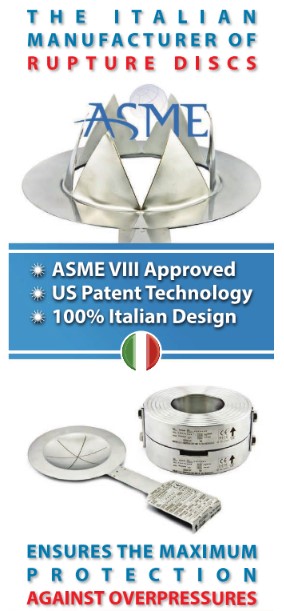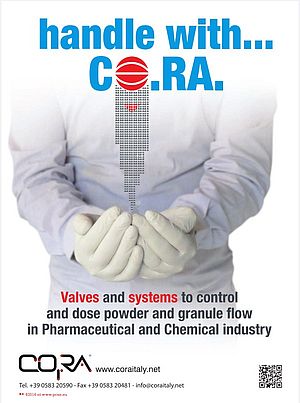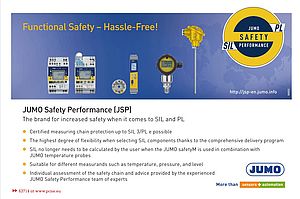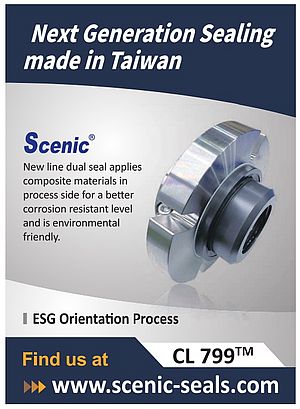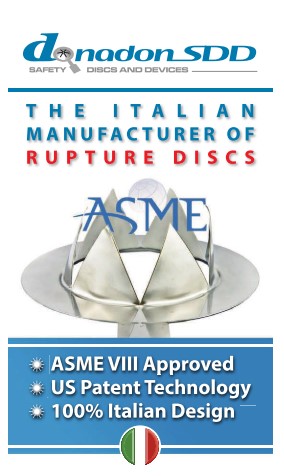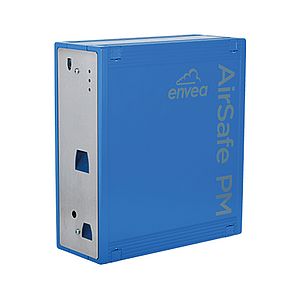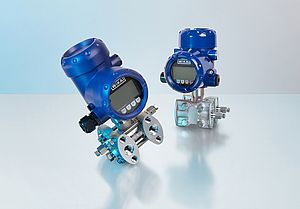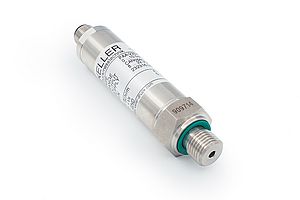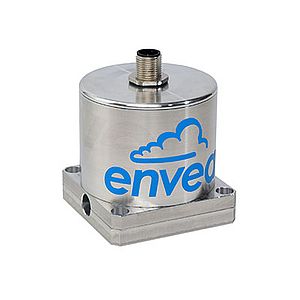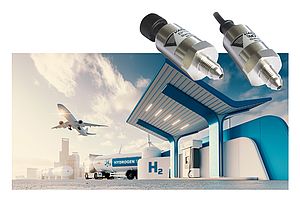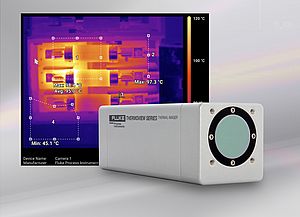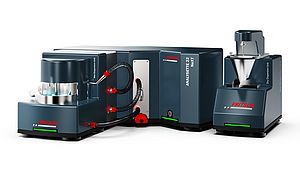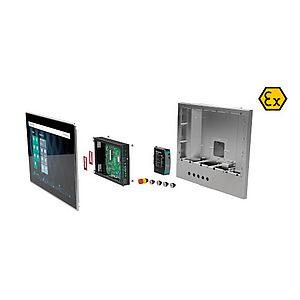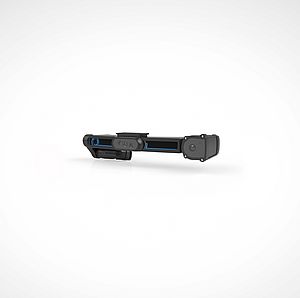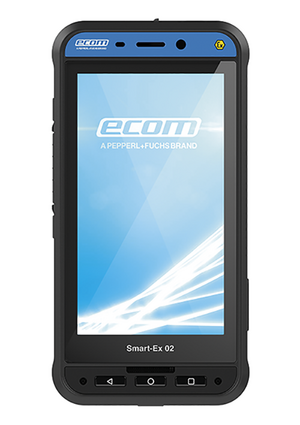Ongoing financial instability plagued global markets around the world through 2010, but 2011 saw many major industries returning to growth including petrochemical, oil & gas, refining, and electric power generation. This growth continued into 2012. These four industries are high demand industries for radar devices, contributing to a sizeable increase in radar level transmitter shipments in 2012.
“The pent up demand from the recession and a significant uptick in the capital expenditures of the energy sector were both significant drivers of above average growth in the radar level sensor market in recent years. Continued economic uncertainty and a slowdown in China and India’s economies will temper growth in the near future, but the growth in radar level sensors will remain at a healthy but modest level,” according to Analyst Alex Chatha, principal author of ARC’s “Radar Level Transmitters Global Market Research Study”.
Focus on Safety Will Drive Adoption of Radar Level Transmitters
Compliance with ever tightening safety and environmental regulations will play a positive role in the growth of the radar level transmitter market. Accidents caused by overfilling or spilling of materials such as chemicals and hazardous liquids can have disastrous consequences. In the case of the Texas City explosion in 2005, critical alarms and control instrumentation provided false indications that failed to alert the operators of the high level in the tower. The tower level indicator showed that the tower level was declining when it was actually overfilling. These incidents highlight the need for better process measurements and drive the adoption of safety instrumented systems and SIL-rated transmitters. In addition to potential loss of life, the environmental damage in such cases is huge, often resulting in hefty penalties. By accurately measuring levels, radar level sensors help to reduce the risk of such catastrophic events.
Radar Sensor Intelligence Delivers Benefits to Users
The intelligence of radar sensors has increased dramatically, enhancing signal strength across the measurement range, reducing calibration requirements following setup, and improving self-diagnostic and signal integrity capabilities. The addition of smart diagnostics has been a key advancement for radar level transmitters. Today’s devices have the ability to self-check and alert operators if something is wrong. Some of the key diagnostics available are signal strength, measurement validity, level measurement status, fill or empty tank status, and process change (e.g., appearance of foam).
Asia, Middle East to See Strongest Growth
Regionally, suppliers can expect to see the largest growth in Asia, where heavy investment in new plant construction continues in core sectors such as chemical, petrochemical, and refining, where radar level transmitters are used extensively. In the mature North American and Western European markets, suppliers will largely rely on replacement business, as users swap out older technologies such as DP cells. Owing to huge growth in the oil & gas industry in the region, the Middle East will have higher than average growth. Currently, Africa is not highly industrialized and will show less than average growth, but this may change in the future. Latin America, home to several large scale oil and natural gas projects, will see slightly above average growth, but will still remain a relatively small market overall.
Radar level transmitters study
- ARC Advisory Group research study
- August 20, 2013
- 201 views


